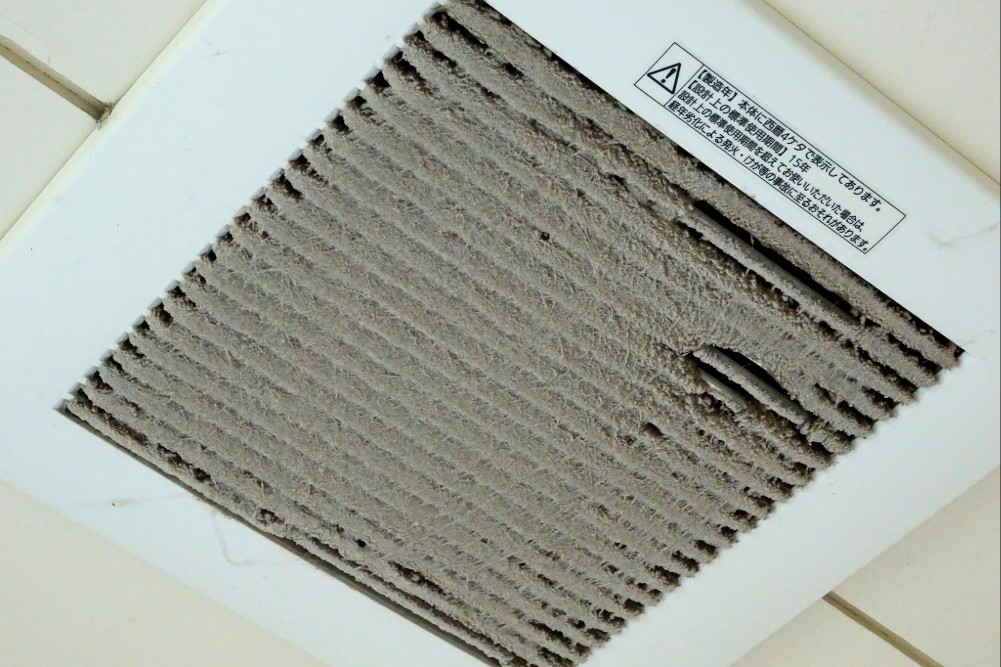Homeowners often think of mold inspection as a search for stains on walls or musty odors in basements. In reality, the first signs of trouble usually appear inside the HVAC system.
Moisture, condensation, and hidden dust colonies all leave clues that reveal mold long before it spreads across visible surfaces. An HVAC mold inspection brings these clues into focus, offering a clear view of how mold circulates throughout a property.
Why an HVAC Mold Inspection Matters
Your HVAC system constantly circulates air, which means it also circulates spores when mold is present. Colonies that begin in a crawlspace or attic can spread into living rooms, bedrooms, or offices through ductwork.
In other words, the HVAC system often acts as an unintentional carrier. During an inspection, we examine this system as a blueprint of how moisture and mold move throughout the building. Without this level of investigation, an inspection only tells half the story.
What Inspectors Look for in HVAC Systems
An HVAC mold inspection starts with direct observation. Filters, return plenums, and insulation are checked for dampness. Meanwhile, dust that resembles colonies is treated as a silent alarm.
Coils and ducts are examined for signs of microbial activity triggered by moisture. To improve the investigation, we rely on thermal imaging to detect hidden condensation and digital hygrometers to monitor humidity levels. These tools indicate whether the system is maintaining relative humidity or allowing levels to rise above the 60 percent threshold, where mold thrives.
The Role of Air and Surface Testing
Inspection tools reveal conditions, but testing confirms exposure. Air samples measure the number of spores circulating through rooms, while surface samples identify the specific mold species present. This data matters because not all molds carry the same risks.
Laboratory analysis provides us with precise results that inform targeted recommendations. Without this step, remediation efforts can feel like a guessing game. Testing replaces uncertainty with clarity, so property owners know exactly what they are facing.
Uncovering Moisture Sources During the Process
Mold inspections are never just about spores; they are about moisture. Growth cannot occur without water, and the most important part of any inspection is determining the source of that water. Sometimes the culprit is obvious, such as a leaking pipe.
At other times, it is subtle, such as condensation from a misconfigured air handler or a slow drip from a ceiling register. In homes with crawlspaces or poorly ventilated attics, air movement can carry spores from one side of the house to the other. Moisture mapping enables us to identify these sources, allowing the mold problem to be addressed at its root.
Reporting and Next Steps After Inspection
When the inspection is complete, we present a report that tells the whole story. Photos, notes, and readings show exactly where mold was identified, where moisture entered, and how spores are spreading.
The report also includes recommendations for corrective action, from HVAC adjustments to remediation strategies. With this information, property owners can move forward confidently knowing what needs to happen next.
Protecting Your Property with the Right Partner
At IRIS Environmental & BioTera Solutions, we approach mold inspection with a systems-thinking approach. We also offer asbestos inspection and a range of environmental testing services to safeguard health and property.
If you have noticed signs of moisture, mustiness, or unexplained health symptoms, your HVAC may already be telling you a story. Reach out to us today and schedule your HVAC mold inspection before a minor issue becomes a major one.

